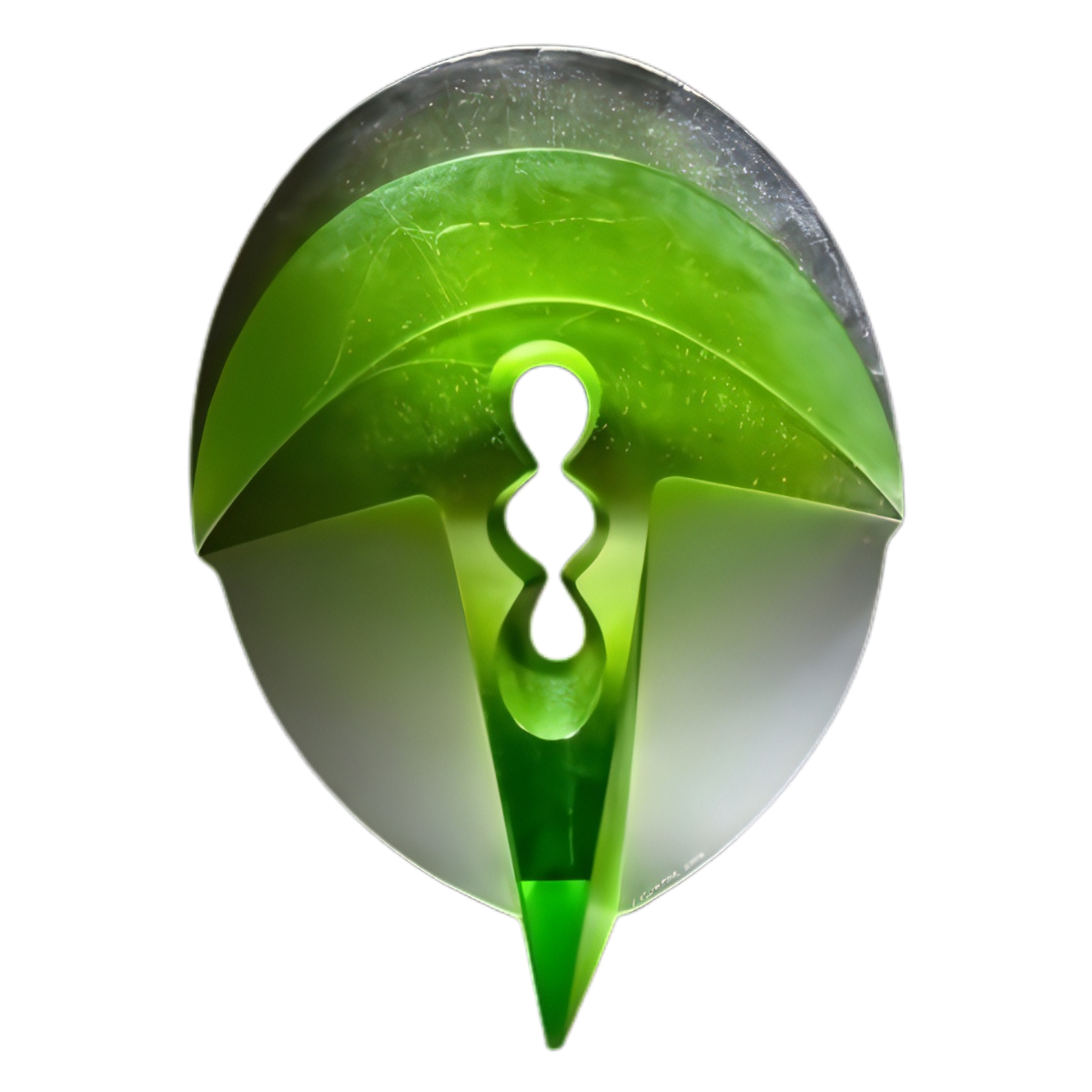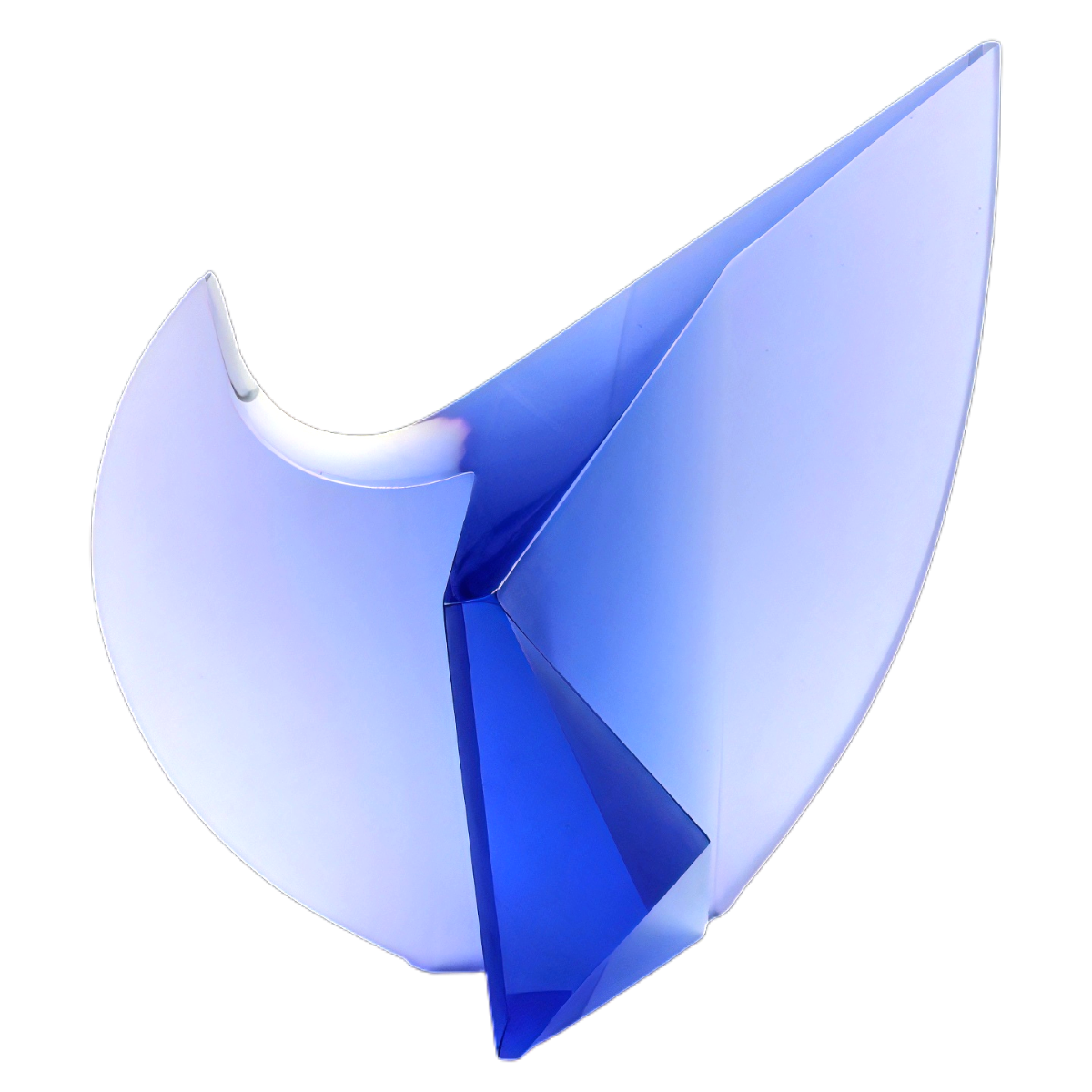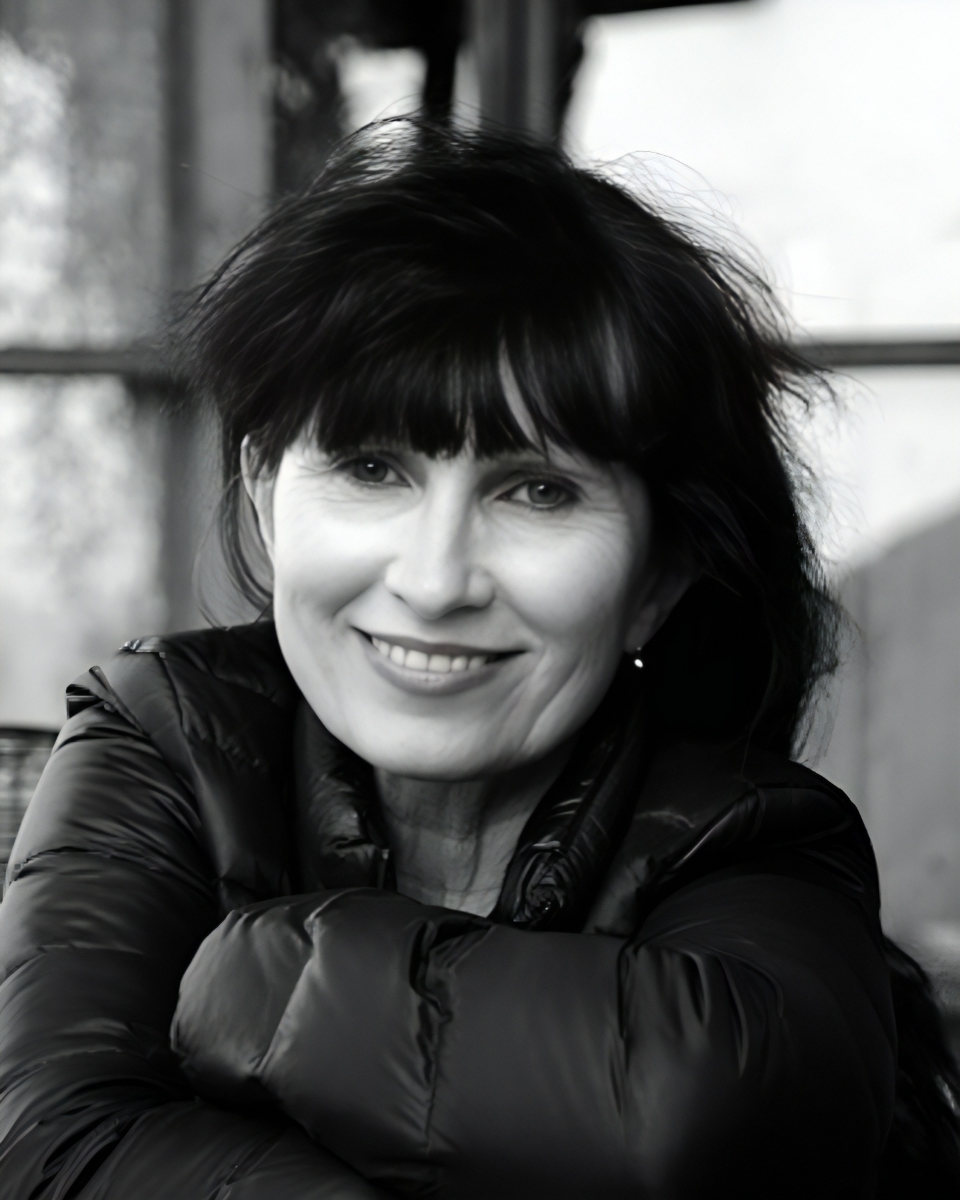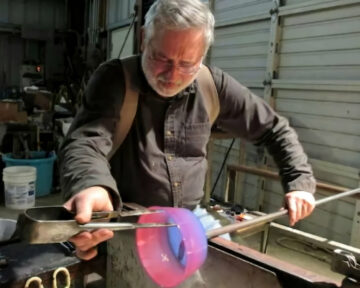Vladimira Klumpar’s journey as a glass artist is a testament to her passion, creativity, and resilience. From her early days in the Czech Republic to her international acclaim, she has consistently pushed the boundaries of what is possible with glass.
Vladimira Klumpar is a celebrated glass artist whose work transcends the boundaries of traditional glassmaking. Born in 1954 in Rychnov nad Kněžnou, Czech Republic, Klumpar’s journey through the world of glass art is marked by her innovative approach to form, color, and light. This article delves into her biography, artistic style, and the meticulous design procedures that define her stunning glass sculptures.
Early Life and Education
Vladimira Klumpar’s fascination with glass began in her early years. Growing up in the picturesque town of Potštejn, she was surrounded by the natural beauty that would later influence her artistic sensibilities. Her formal education in glass art started at the Specialized School of Glassmaking in Železný Brod, where she studied from 1969 to 1973. This foundational training was followed by advanced studies at the prestigious Academy of Applied Arts in Prague (now the Academy of Arts, Architecture and Design), where she studied under the tutelage of renowned glass artist Professor Stanislav Libenský from 1974 to 1981.
Artistic Influences and Style
Klumpar’s work is characterized by a unique blend of geometric and organic forms. Her sculptures often feature voluptuous curves and intricate details that reflect her deep connection with nature. The interplay of light and reflection in her pieces imbues them with a dynamic optical energy, making them captivating from every angle.
Her artistic style has been shaped by various experiences and environments. The picturesque landscapes of Bohemia’s foothills and the historical beauty of Prague played a significant role in developing her aesthetic. Later, her time in the United States and Mexico further influenced her approach to color and form, resulting in a rich and diverse body of work.
Design Procedures
Klumpar’s design process is a meticulous and labor-intensive journey that begins with an idea and culminates in a breathtaking glass sculpture. Here is a detailed look at the steps involved in her creative process:
1. Conceptualization and Sketching
Every sculpture begins with a concept. Klumpar spends considerable time sketching her ideas, exploring different shapes and forms on paper. These initial drawings serve as the blueprint for the subsequent stages of the design process.
2. Creating Small Model Prototypes
Once the concept is finalized, Klumpar creates small model prototypes using materials like paper, clay, or plaster. These prototypes help her visualize the sculpture in three dimensions and make necessary adjustments to the design.
3. Making the Scale Model
The next step involves creating a scale model of the sculpture. Depending on the complexity of the design, Klumpar may use clay or plaster to craft this model. For larger sculptures, she incorporates armatures, wires, and mesh to reinforce the structure.
4. Mould Preparation
The scale model is then used to make a mould. Klumpar uses a mix of glass sand and special plaster to create the mould, which is then baked to harden. For large models, the mould is fortified with additional materials to ensure it can withstand the casting process.
5. Casting the Glass
Once the mould is ready, it is filled with molten glass. This step marks the beginning of a long process of computer-assisted melting and cooling. The glass must be heated and cooled at precise temperatures to ensure it achieves the desired clarity and strength.
6. Revealing the Sculpture
After the glass has cooled and solidified, the mould is carefully cracked away to reveal the cast sculpture. This moment is both exciting and nerve-wracking, as it is the first time Klumpar sees her creation in its final form.
7. Refining and Polishing
The sculpture then heads to the cutting room, where it undergoes weeks or even months of refinement. Klumpar and her team meticulously cut, polish, and finish the piece to ensure it meets her exacting standards.
Notable Works and Exhibitions
Klumpar’s work has been exhibited extensively across Europe and the United States. Some of her notable solo exhibitions include:
- 2019: “Vibrace”, Galerie Kuzebauch, Prague, Czech Republic
- 2017: Heller Gallery, New York City, New York, USA
- 2014: “Fauna a Flora” Galeria Nova, Bratislava, Slovakia
- 2012: Tajemství světla, Východočeská galerie, Pardubice, Czech Republic
- 2005: Galerie Pokorná, Prague, Czech Republic
- 2003: “Vladimira Klumpar – Works from 1986 to 1998”, Chappel Gallery, New York City, NY
She has also participated in numerous group exhibitions, including the Glass America Exhibition at Heller Gallery in New York and the Annual International Glass Invitational Exhibitions at Habatat Gallery in Detroit.
Awards and Recognition
Throughout her illustrious career, Klumpar has received several prestigious awards and grants, including:
- 1981: School Award of the Academy of Applied Arts, Prague, Czechoslovakia
- 1991: New England Artist Foundation Fellowship
- 1991: Massachusetts Artist Foundation Fellowship
- 1997: Pollock-Krasner Foundation Grant
- 2007: Corning Museum Award Winner, Invitational Habatat Galleries, MI
- 2010: Corning Museum Award Winner, Invitational Habatat Galleries, MI
Collections
Klumpar’s sculptures are part of several public and private collections across Europe and North America, including:
- Corning Museum of Glass, Corning, NY
- Lannan Foundation, Palm Beach, FL
- Mint Museum of Art, Charlotte, NC
- American Arts and Craft Museum, New York, NY
- Museum of Art, Liberec, Czech Republic
- North Bohemian Museum, Jablonec nad Nisou, Czech Republic
- Wustum Museum of Art, Racine, WI
Legacy and Influence
Vladimira Klumpar’s contributions to the field of glass art are significant. Her work blends traditional Czech glassmaking techniques with innovative approaches to form, color, and light. She continues to inspire future generations of glass artists through her dedication to preserving and advancing the art of glass sculpting.
In recent years, Klumpar has returned to her roots in northern Bohemia, establishing her own studio and workshop in Železný Brod. Here, she continues to create stunning glass sculptures while also mentoring young artists and promoting the preservation of cast glass techniques.
Conclusion
Vladimira Klumpar’s journey as a glass artist is a testament to her passion, creativity, and resilience. From her early days in the Czech Republic to her international acclaim, she has consistently pushed the boundaries of what is possible with glass. Her meticulous design procedures and innovative approach to form and light have earned her a place among the most respected glass artists in the world. As she continues to create and inspire, Klumpar’s legacy in the world of glass art is assured.





